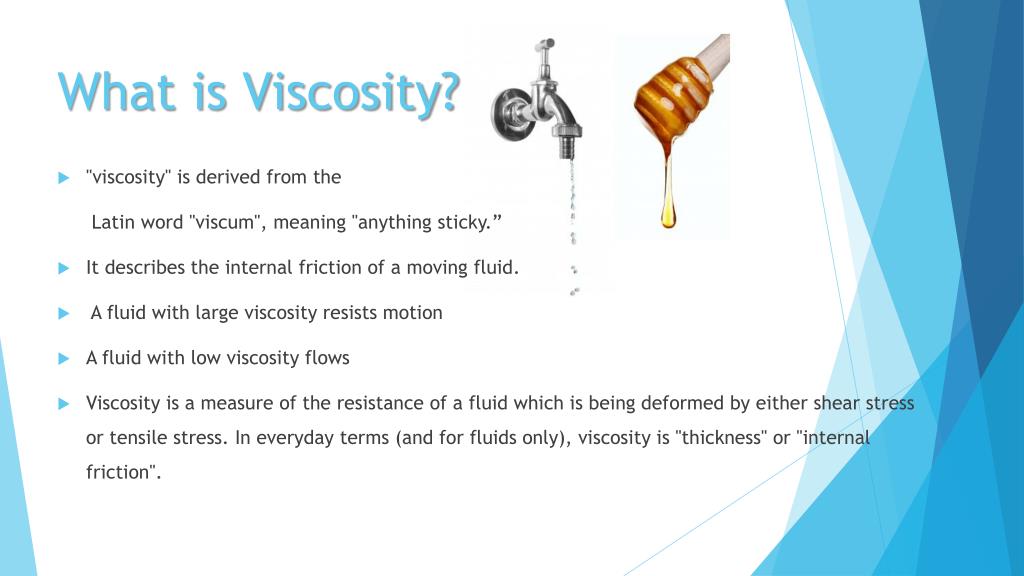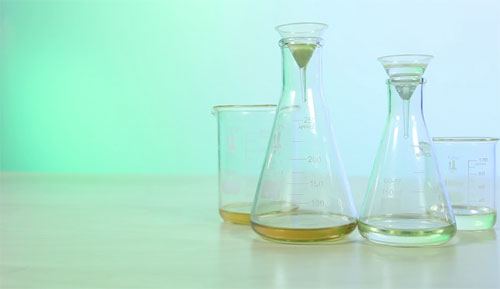
In: Mortier RM et al (eds) Chemistry and technology of lubricants, 3rd ed. Expert, Renningen, pp 197–252Ītkinson D, Brown AJ, Jilbert D, Lamb G (2010) Formulation of automotive lubricants, Chapter 9. In: Bartz WJ (ed) Additive für Schmierstoffe. Schödel U (1993) Chemie und anwendungstechnische Eigenschaften von V.I.-Verbesserern, Chapter 9. Mang T, Dresel W (2007) Lubricants and lubrication. Mueller M, Fan J (2007) Spikes HA Design of functionalized PAMA viscosity modifiers to reduce friction and wear in lubricating oils. Mueller M, Topolovec-Miklozic K, Dardin A, Spikes HA (2006) The design of boundary film-forming PMA viscosity modifiers. Springer, Dordrecht, pp 153–187īartz WJ (1997) Viskosität und Fliessverhalten von Schmierölen und Beeinflussung durch Viskositätsindex-Verbesserer, Technische Akademie Esslingen, Lehrgang Nr 22953/68.446 In: Mortier RM et al (eds) Chemistry and technology of lubricants, 3rd edn. Stambaugh RL, Kinker BG (2010) Viscosity index improvers and thickeners, Chapter 5. Selby TW (1958) The non-Newtonian characteristics of lubricating oils. Stöhr T, Eisenberg B, Müller M (2008) A new generation of high performance viscosity modifiers based on comb polymers. In: Rudnick LR (ed) Synthetics, mineral oils, and bio-based lubricants: chemistry and technology. Lubr Sci 1(1):65–80ĭecroocq S, Casserino M (2005) Polybutenes, Chapter 17. Marcel Dekker, New York, pp 293–327Įckert RJA, Covey DF (1988) Developments in the field of hydrogenated diene copolymers as viscosity index improvers. In: Rudnick LR (ed) Lubricant additives chemistry and application. Marcel Dekker, New York, pp 329–353Ĭovitch MJ (2003) Olefin copolymer viscosity modifiers.

Kinker BG (2003) Polymethacrylate viscosity modifiers. In: Matyjaszwecki K, Möller M (eds) Polymer science: a comprehensive reference 10.26. Neveu CD, Sondjaja R, Iroff NJ, Stöhr T (2012) Lubricant and fuel additives based on polymethacrylates. The original scale only stretched between VI=0 and VI=100 but since the conception of the scale better oils have also been produced, leading to VIs greater than 100.Van Horne WL (1949) Polymethacrylates as viscosity index improvers and pour point depressants. The temperatures chosen arbitrarily for reference are 100 and 210 ☏. The VI scale was set up by the Society of Automotive Engineers. The best oils will not vary much in viscosity over such a temperature range and therefore will perform well throughout. Automotive lubricants must reduce friction between engine components when it is started from cold as well as when it is running. Many lubricant applications require the lubricant to perform across a wide range of conditions: for example, in an engine. If the lubricant is too viscous, it will require a large amount of energy to move if it is too thin, the surfaces will come in contact and friction will increase.Īs stated above, the Viscosity Index highlights how a lubricant's viscosity changes with variations in temperature. Generally, the least viscous lubricant which still forces the two moving surfaces apart is desired. The viscosity of a lubricant is closely related to its ability to reduce friction.

The viscosity of liquids decreases as temperature increases. It is used to characterize lubricating oil in the automotive industry. Viscosity index is an arbitrary measure for the change of viscosity with temperature. If the lubricant is too viscous, it will require a large amount of energy to move (as in honey) if it is too thin, the surfaces will come in contact and friction will increase.įreebase Rate this definition: 0.0 / 0 votes Generally, the least viscous lubricant which still forces the two moving surfaces apart to achieve "fluid bearing" conditions is desired. The VI was originally measured on a scale from 0 to 100 however, advancements in lubrication science have led to the development of oils with much higher VIs.The viscosity of a lubricant is closely related to its ability to reduce friction in solid body contacts. The higher the VI, the more stable the viscosity remains over temperature fluctuations. The lower the VI, the more the viscosity is affected by changes in temperature. It is mostly used to characterize the viscosity-temperature behavior of lubricating oils. The viscosity index (VI) is an arbitrary, unit-less measure of a fluid's change in viscosity relative to temperature change.

Wikipedia Rate this definition: 0.0 / 0 votes


 0 kommentar(er)
0 kommentar(er)
